Xueming Yang, Kopin Liu9812385681, 9789812385680, 9812389237, 9789812389237
Table of contents :
Cover Page……Page 1
Advanced Series in Physical Chemistry……Page 3
Title Page……Page 4
ISBN 9812385681……Page 5
CONTENTS……Page 12
Introduction……Page 6
Preface……Page 8
1. Doppler-Selected Time-of-Flight Technique: A Versatile Three-Dimensional Velocity Mapping Approach Shih-Huang Lee and Kopin Liu……Page 14
1. Introduction……Page 15
2.1. Basic Concept……Page 17
2.2.1. Molecular Beam Source……Page 18
2.2.2. Laser Ionization……Page 19
2.2.3. TOF Spectrometer……Page 20
2.3.1. Crossed Beam Scattering……Page 22
2.3.2. Photodissociation Process……Page 25
2.3.3. Density-to-Flux Transformation……Page 26
3.1. Photodissociation Dynamics……Page 27
3.1.1. C2H2 + hv (121.6 nm) → C2H + H……Page 28
3.1.2. H2S + hv (121.6nm) → SH + H……Page 32
3.2.1. S(1D) + H2 → SH + H……Page 38
3.2.2. F(2P) + HD → HF + D……Page 43
4. Outlook……Page 50
References……Page 52
2. The Effect of Reactive Resonance on Collision Observables Sheng Der Chao and Rex T. Skodje……Page 56
1. Introduction……Page 57
2. Theoretical Methods for Resonance Phenomena……Page 59
2.1. Integral Cross-Sections……Page 65
2.2. Time Delay……Page 66
2.3. Exponential Decay……Page 69
2.4. Angular Product Distributions……Page 70
2.5. Product Rovibrational Branching Ratios……Page 72
3.1. F + HD → HF + D……Page 73
3.2. F + H2……Page 80
3.3. H + HD……Page 85
4. Conclusions……Page 94
References……Page 95
3. State-to-State Dynamics of Elementary Chemical Reactions Using Rydberg H-Atom Translational Spectorscopy Xueming Yang……Page 100
1. Introduction……Page 101
2. The H-atom Rydberg “Tagging” TOF Method……Page 103
3. Unimolecular Dissociation of H2O……Page 108
3.1. H2O on the A1B1 Surface: A Direct Dissociation……Page 109
3.2. H2O on the B1A1 Surface: Dissociation through Conical Intersections……Page 117
3.2.1. OH Product Quantum State Distributions……Page 120
3.2.2. Rovibrational Dependent Anisotropy Parameters……Page 123
3.2.3. Effect of Parent Rotational Excitation on the OH(A) Product……Page 124
3.2.5. Population Alternations and Quantum Interference……Page 126
3.2.6. Extremely Rotationally Excited OH from HOD Dissociation through Conical Intersection……Page 127
3.2.7. The Single N Propensity in the HOD + hv → OD + H Dissociation Process……Page 130
4. The O(1D) + H2 Reaction: From Insertion to Abstraction……Page 132
4.1. Reaction at 1.3 kcal/mol: Barrierless Insertion Reaction……Page 133
4.2. Effect of a Single Quantum Rotational Excitation……Page 141
4.3. Experimental Evidence for a Collinear Abstraction Mechanism in O(1D) + D2 → OD + D……Page 145
4.4. Quantum State Specific Dynamics for the O(1D) + HD → OD + H Reaction: Isotope Effect……Page 149
5. Quantum-State Resolved Dynamics in the H3 System: Probing Structures and Dynamics of the Quantized Transition States……Page 153
5.1. The H + HD Reaction at Ec = 0.498 eV and 1.200 eV……Page 154
5.2. Probing the Structures of Quantized Transition States in the H + D2 Reaction……Page 162
6. Concluding Remarks……Page 168
Acknowledgments……Page 169
References……Page 170
1. Introduction……Page 176
2.1. Overview……Page 180
2.2. Mass Spectrometer……Page 184
2.4. Fragment Recoil Velocity Resolution……Page 187
2.5. Dissociation Rate……Page 189
3.1. Benzene……Page 192
3.2. Toluene……Page 205
3.3. Ethylbenzene and Propylbenzene……Page 214
4. Conclusions……Page 223
References……Page 224
5. Reactions of Neutral Transition Metal Atoms with Small Molecules in the Gas Phase Jonathan J. Schroden and H. Floyd Davis……Page 228
1.1. Previous Theoretical Work……Page 229
1.2.1. M + Oxygen-Containing Molecules……Page 233
1.2.2. M + Hydrocarbons……Page 234
2. Experimental Details……Page 239
2.1. Production of the Beams……Page 240
2.2. Detection……Page 241
2.3. Sample Data: Y(a2D) + CH3OH……Page 242
3. Y(a2D) + Cyclopropane and Propene……Page 247
3.1. Yttrium + Cyclopropane: Ecoll = 18.5 kcal/mol……Page 249
3.2. Yttrium + Cyclopropane: Collision Energy Dependence……Page 251
3.3. Yttrium + Propene: Ecoll = 25.2 kcal/mol……Page 253
3.4. Yttrium + Propene: Collision Energy Dependence……Page 255
3.5. Non-Reactive Scattering in Cyclopropane and Propene Reactions……Page 258
3.6. Yttrium + Cyclopropane YC3H4 + H2……Page 261
3.7. YCH2 + C2H4 from the Cyclopropane Reaction……Page 263
3.8. YC3H4 + H2 and YH2 + C3H4 from the Propene Reaction……Page 264
3.9. YCH2 + C2H4 Formation from the Propene Reaction……Page 266
4. Y(a2D) + Four Butene Isomers……Page 268
4.1. Y + Butenes: Ecoll = 26.6 kcal/mol……Page 269
4.3. Y + Butenes Reaction Mechanisms……Page 273
5. Conclusions……Page 279
6.1. The Role of Vibrational Excitation in Transition Metal Reactivity……Page 281
6.2. Reaction Dynamics of Partially-Ligated Species……Page 283
Acknowledgments……Page 285
References……Page 286
6. Photodissociation Dynamics of Ozone in the Hartley Band Paul L. Houston……Page 294
1. Introduction……Page 295
2.1. The Singlet Channel……Page 297
2.2. The Triplet Channel……Page 299
3.1.1. O(1D2) Speed Distributions……Page 301
3.1.2. O(1D2) Angular Distributions……Page 303
3.1.3. O2(1Δg) Angular Distributions……Page 309
3.2.1. O(3P) Speed Distributions……Page 316
3.2.2. O(3P) Angular Distributions……Page 325
4. Conclusions and Remaining Questions……Page 335
Note Added in Proof……Page 337
References……Page 338
7. Crossed Molecular Beam Reactive Scattering: Towards Universal Product Detection by Soft Electron-Impact Ionization Piergiorgio Casavecchia, Giovanni Capozza and Enrico Segoloni……Page 342
1. Introduction……Page 343
2. Experimental Considerations……Page 348
2.1. “Hard” Electron-Impact Ionization……Page 349
2.3. “Soft” Electron-Impact Ionization by Low-Energy Electrons……Page 350
2.4. Mass Spectra……Page 353
2.6. Electron-Impact E.ciency Curves……Page 356
2.7. CMB Experiments with Variable Beam Crossing Angle……Page 359
3.1. O(3P) + C2H2……Page 361
3.1.1. Product Angular and TOF Distributions Using “Soft” EI Ionization……Page 363
3.1.2. Product Angular and TOF Distributions with Beam Crossing Angle = 135……Page 367
3.1.3. CMB Determination of the Branching Ratios……Page 368
3.2. O(3P) + C2H4……Page 371
3.2.1. Observation of all Product Channels……Page 374
4. Examples: C(3P) + Unsaturated Hydrocarbons……Page 377
4.1. C(3P) + C2H4……Page 378
4.1.1. Observation of the C–C Bond Fission Channel……Page 381
4.2. C(3P) + C2H2……Page 384
5. Conclusions and Future Prospects……Page 386
References……Page 390
8. Interactions of Vibrationally-Excited Molecules at Surfaces: A Probe for Electronically Nonadiabatic Effects in Heterogeneous Chemistry Alec M. Wodtke……Page 396
1. Introduction……Page 397
2. First Evidence of Born–Oppenheimer Breakdown……Page 399
3. Born-Oppenheimer Breakdown in Surface Reactions……Page 405
4. “Scattering the Transition State” from a Metal Surface……Page 409
5. Measurements of Chemicurrent……Page 416
6. Conclusions……Page 418
References……Page 419
9. First Principles Quantum Dynamical Study of Four-Atom Reactions Dong H. Zhang, Minghui Yang, Soo-Y. Lee and Michael A. Collins……Page 422
1. Introduction……Page 423
2.1. Hamiltonian for AB + CD Reaction and Basis Set Expansion……Page 426
2.3. Hamiltonian for ABC + D Reaction and Basis Set Expansion……Page 430
2.5. Reaction Probability, Cross-Section, and Rate Constant……Page 433
3. Ab Initio Potential Energy Surfaces……Page 434
3.1. The PES Construction Method……Page 435
3.2. Proof and Improvement of Accuracy……Page 440
3.3. Computational Considerations……Page 445
4.1. Reactions of H2 + OH, HD + OH, and D2 + OH……Page 450
4.2. Reactions of H + H2O, H + D2O……Page 458
4.3. Photoelectron and Photodetachment Spectroscopy of H3O–……Page 468
5. Conclusions……Page 472
References……Page 473
10. Photodissociation Dynamics of Free Radicals Jingsong Zhang……Page 478
1. Introduction……Page 479
2.1. Generation of Free Radical Beams……Page 480
2.1.1. Pyrolysis……Page 481
2.1.2. Photolysis……Page 482
2.1.3. Electric Discharge……Page 483
2.1.4. Negative Ion Photodetachment……Page 484
2.2. Detection of Free Radicals……Page 485
2.3. Experimental Techniques of Photodissociation Dynamics……Page 487
3.1.1. OH and OD……Page 488
3.1.2. ClO and BrO……Page 494
3.2.1. Methyl (CH3)……Page 497
3.2.2. Chloromethyl (CH2Cl)……Page 500
3.2.3. Ethyl (C2H5)……Page 502
3.3.1. Vinyl (C2H3)……Page 506
3.3.2. Propargyl (C3H3)……Page 508
3.3.3. The C3H5 System: Allyl, 1-Propenyl, and 2-Propenyl……Page 510
3.4.1. Methoxy (CH3O) and the Related Systems, Thiomethoxy (CH3S) and Hydroxymethyl (CH2OH)……Page 514
3.4.2. Ethoxy (CH3CH2O)……Page 519
3.4.3. Vinoxy (CH2CHO)……Page 521
3.5. Others……Page 526
Acknowledgments……Page 527
References……Page 528
Index……Page 536
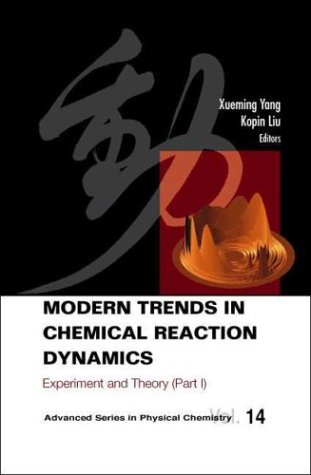
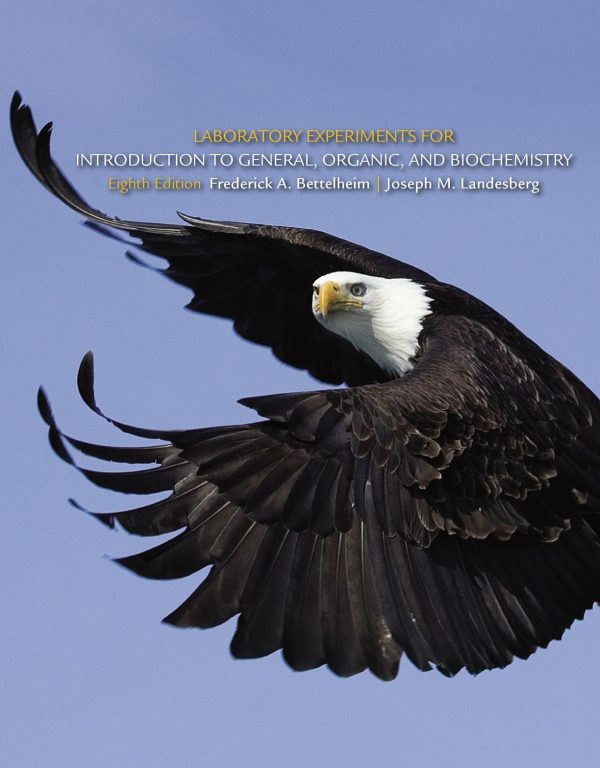
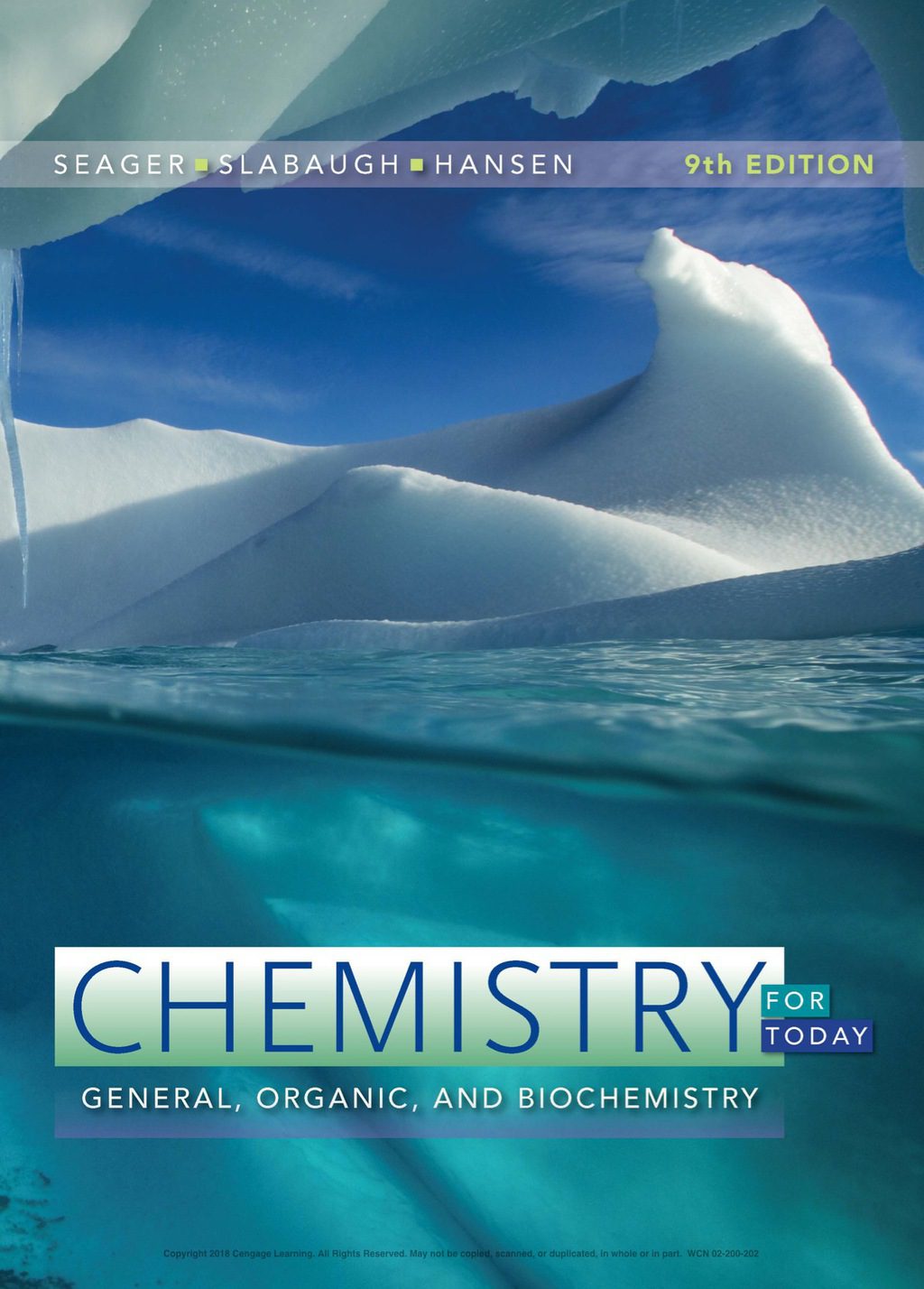
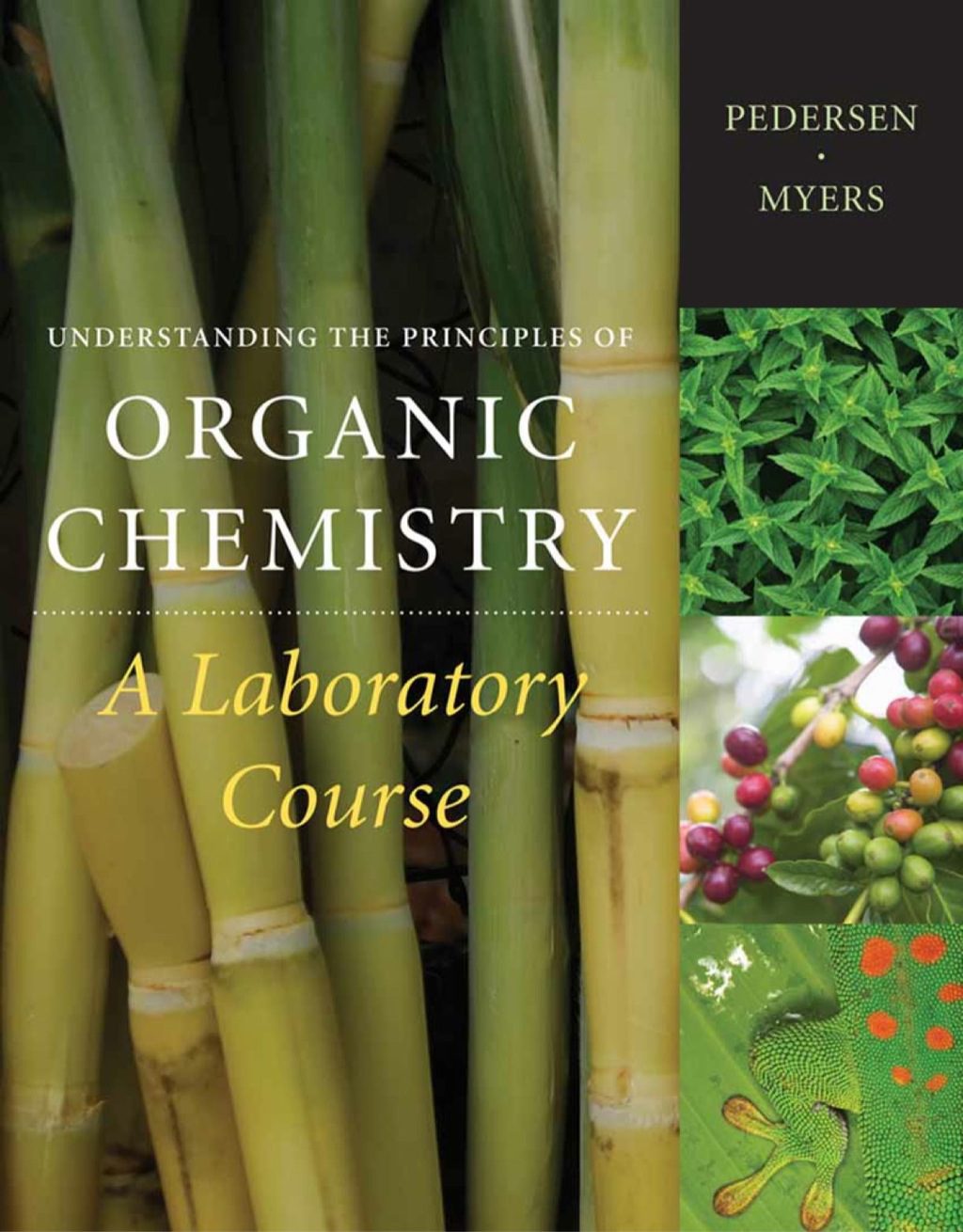
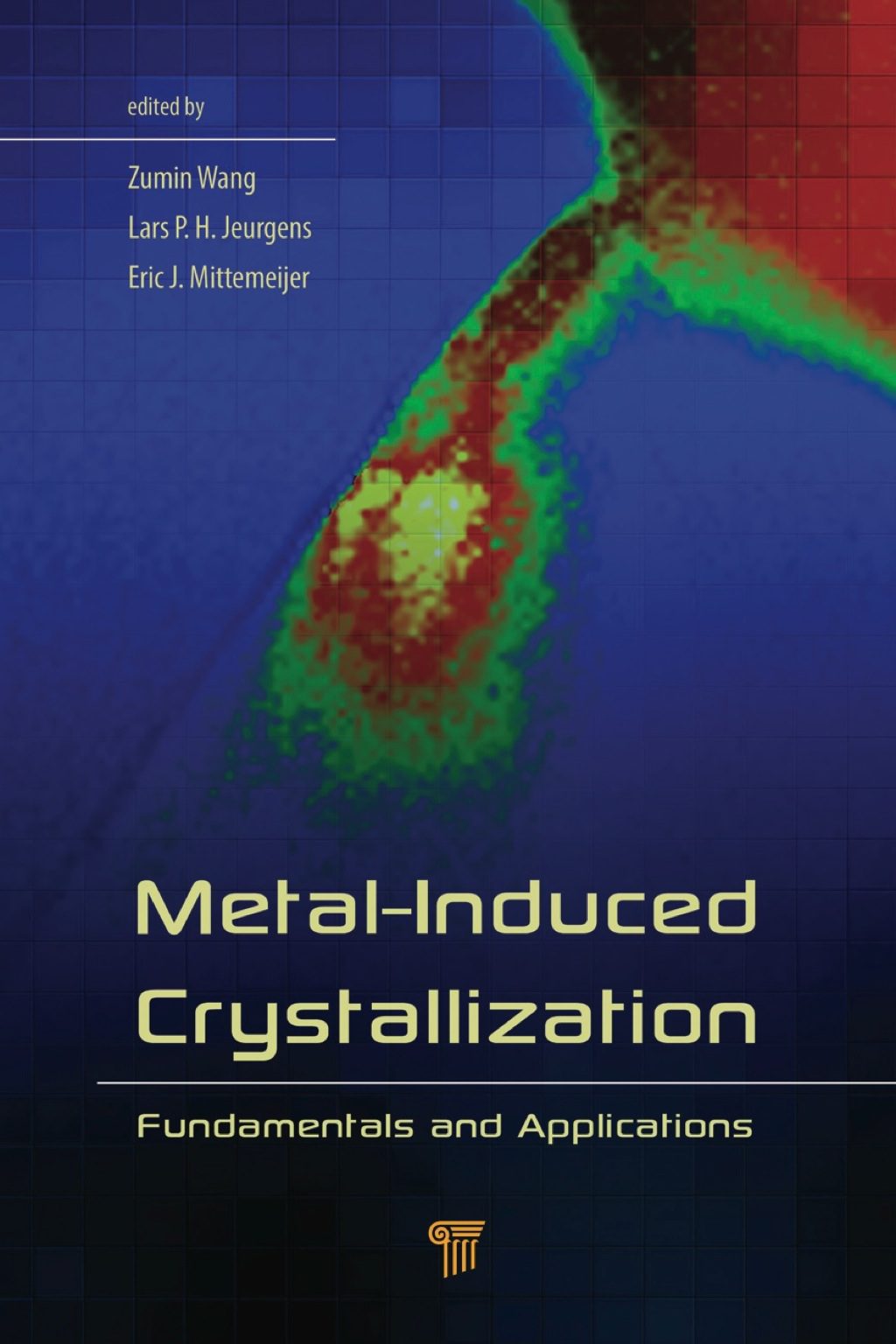

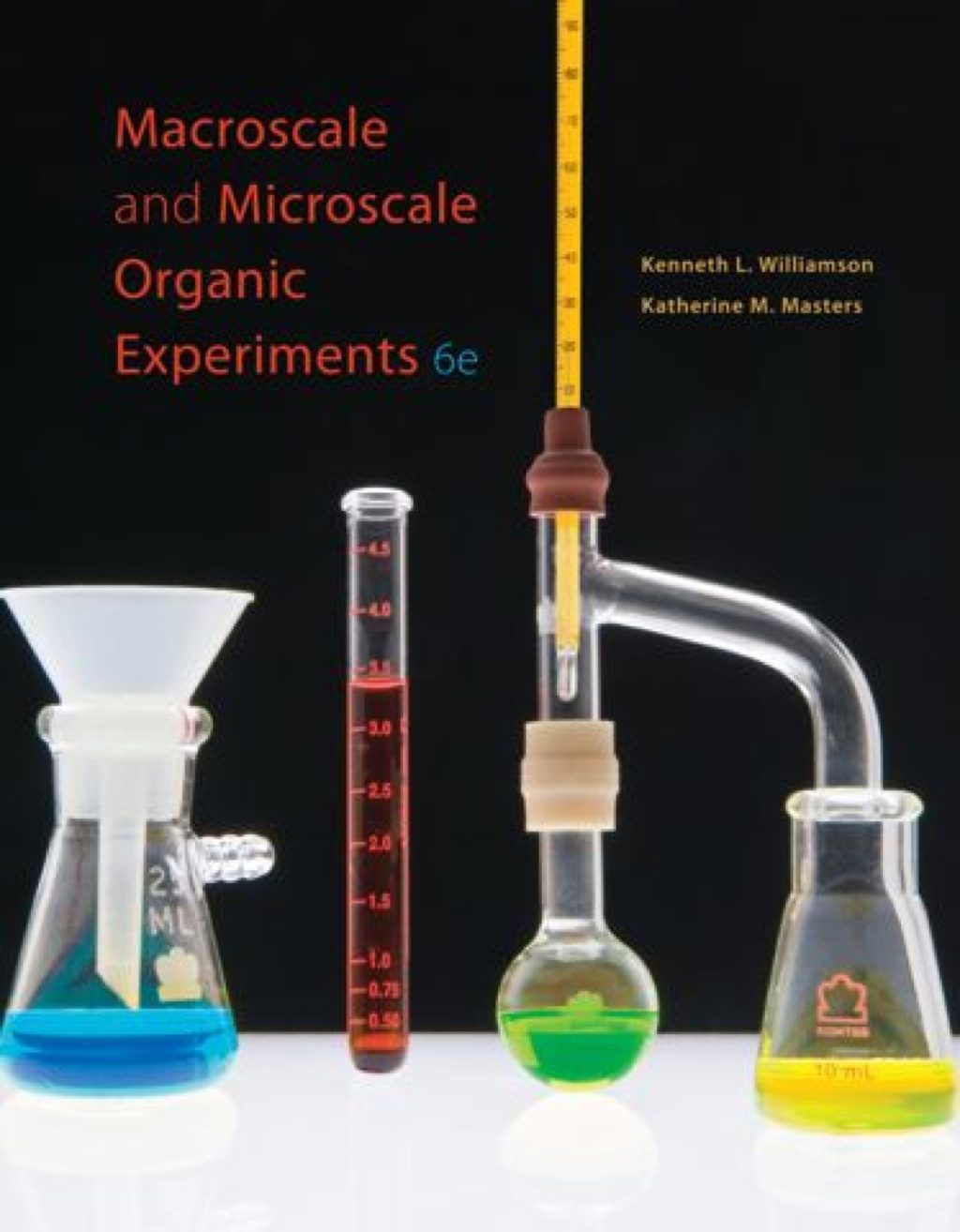
Reviews
There are no reviews yet.